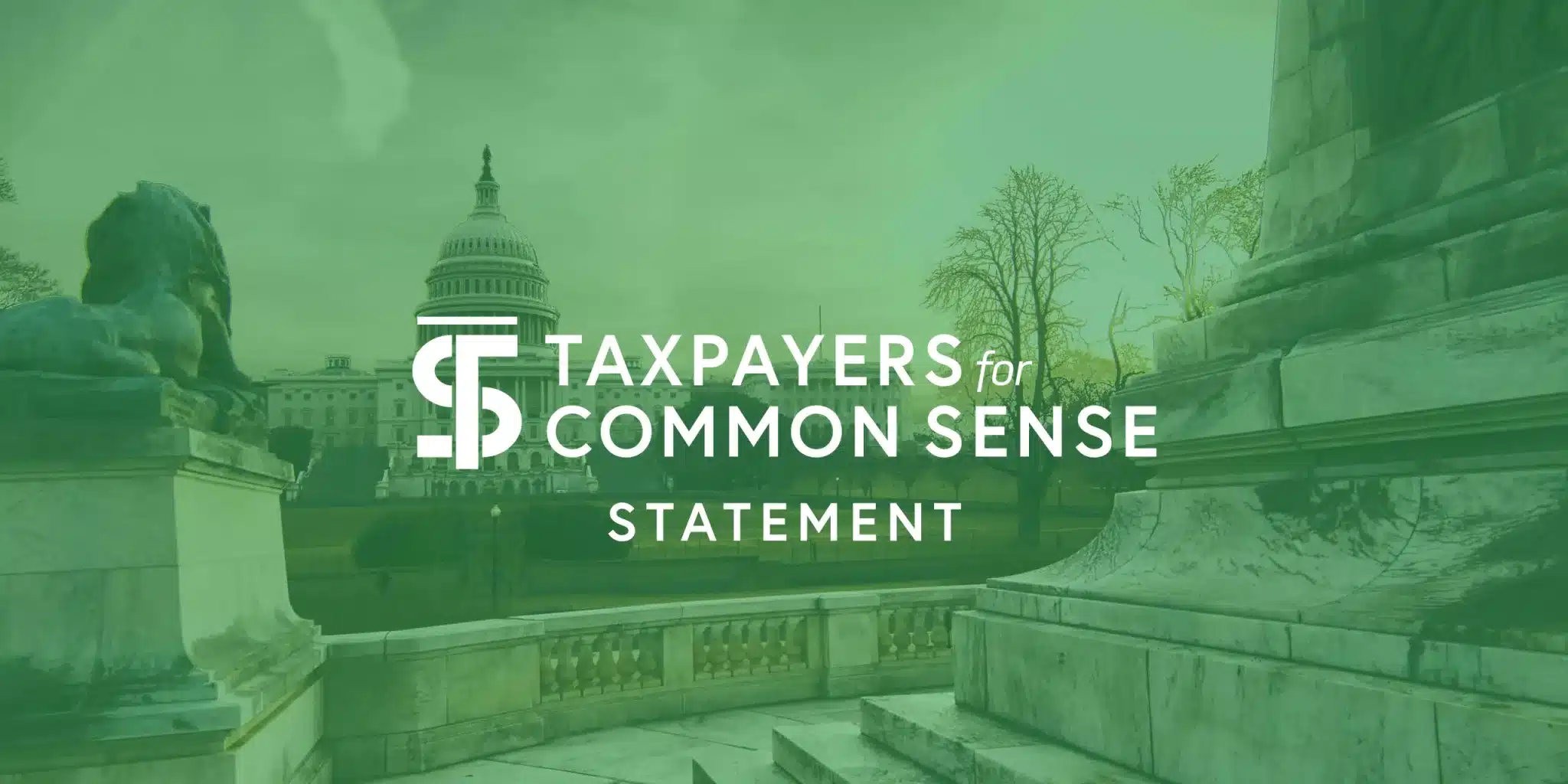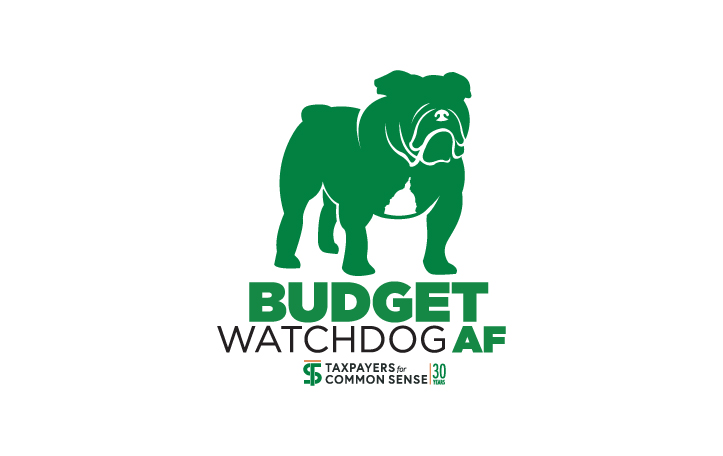On March 25, 2025, the House Transportation and Infrastructure Subcommittee on Economic Development, Public Buildings, and Emergency Management held a hearing to discuss reforming the Federal Emergency Management Agency (FEMA) and federal disaster response more generally. Mr. Chris Currie, Director of the Homeland Security and Justice Team at the Government Accountability Office (GAO), testified before the committee, alongside several emergency management directors at the state and county levels.
Committee members on both sides of the aisle expressed serious concerns with how FEMA currently operates, from complicated application processes and unnecessary delays, to the long-term implications of states’ reliance on the federal government for disaster relief. There is bipartisan agreement that, as subcommittee chairman Perry (R-PA) said in his opening statement, “we can’t just keep going the way we’ve been and expect different outcomes.”
GAO Calls for FEMA Reform
The GAO, an independent and nonpartisan agency that works for Congress to monitor how taxpayer dollars are spent and recommend ways to improve government efficiency, has long called for reforming FEMA and other agencies involvement in federal disaster response. In February 2025, the GAO added “Improving the Delivery of Federal Disaster Assistance” to its High-Risk List – a biennial publication identifying programs and operations vulnerable to waste, fraud, abuse, and mismanagement. As of March 2025, GAO had approximately 60 open recommendations related to federal disaster assistance. Director Currie’s testimony focused on four strategies for reform: Reducing Fragmentation of the Federal Approach to Disaster Assistance; Improving Processes for Assisting Survivors; Strengthening FEMA’s Disaster Workforce and Capacity; and Investing in Resilience.
Reducing Fragmentation of the Federal Approach to Disaster Assistance
Disaster assistance is fragmented across the federal government. According to the GAO, over 30 federal agencies are involved in disaster assistance. These agencies often have duplicative requirements that must be completed with different paper work and on different timelines, creating unnecessary bureaucratic obstacles for individuals and communities seeking federal assistance. The GAO presented multiple options to better streamline federal disaster programs, including developing a single application for disaster recovery assistance and standardizing requirements of federal disaster recovery programs — both which could be acted on within agencies’ existing authorities.
GAO also identified options to consolidate disaster recovery programs across federal agencies, which could be accomplished by moving all federal disaster programs into a single recovery block grant, or reorganizing existing federal disaster recovery programs into a single agency. However, Director Currie warned policymakers that renaming or relocating agencies and programs alone would not solve the issues facing federal disaster response. To address the root causes, we must understand what works well in the current system and what needs to be changed. To this end, Director Currie strongly recommended Congress set up its own independent commission to investigate reforms to federal disaster recovery.
Improving Processes for Assisting Survivors
Committee members and witnesses alike criticized the overly complicated and lengthy application process individuals and communities must undergo to receive federal support in the wake of disasters. The GAO recommended reforms to better ensure disaster survivors are aware of federal programs—for example, by considering the unique challenges rural communities face in outreach. In addition, they recommend reforms to support states and localities in addressing delays in distributing federal funding—including, for example, by requiring Housing and Urban Development (HUD) Community Development Block Grant Disaster Recovery (CDBG-DR) grantees to collect and analyze timeliness data.
Director Currie also emphasized that antiquated technology and financial management systems have contributed to inefficiency and delays. Kevin Guthrie, Executive Director of the Florida Division of Emergency Management, similarly testified on the importance of modern technology in disaster response, underscoring how “digitizing workflows and improving data input processes” reduced the time it took Florida to process disaster assistance invoices from 61 days in 2022 to 16 days in 2024.
Strengthening FEMA’s Disaster Workforce and Capacity
The FEMA workforce is overwhelmed. According to the GAO, FEMA was 35 percent short of its staffing needs (6,200 staff) at the beginning of fiscal year 2022, with significant gaps in positions that are critical to administering assistance to state and local governments. This issue extends beyond staffing numbers and to the very structure of workforce. FEMA was created at a time when large disasters were very rare. As the frequency and severity of disasters has increased, demand for on-the-ground response has grown as well. In January 2025, FEMA had only 20 percent of its disaster response workforce available for Los Angeles fire response, as the majority of staff were deployed elsewhere. And in October 2024, in the midst of the most recent hurricane season, FEMA had only 9 percent of its disaster-response workforce available to aid recovery from Hurricane Milton.
U.S. Comptroller General Gene Dodaro, head of the GAO, testified to the House Oversight and Government Reform Committee earlier this year that FEMA is “stretched way too thin,” currently managing over 600 active disasters. During that hearing, GAO staff also highlighted the value of having the “right numbers of staff with the right skills” across the federal government.
Investing in Resilience
Helping communities withstand future disasters can save lives, property, and tax dollars. A 2019 study by the National Institute of Building Sciences (NIBS) found that every $1 invested in disaster mitigation grants saves society $6 or more in post-disaster response costs. And there is high demand for resilience. According to the Congressional Research Service, FEMA’s Building Resilient Infrastructure and Communities program, which provides pre-disaster mitigation grants, received nearly double the amount of funding requests than was available ($4.6 billion in requests in FY2022, but only $2.3 billion was available).
Director Currie testified that FEMA could improve its resilience programs, particularly the hazard mitigation assistance grant programs, by routinely assessing program effectiveness and make programs easier to navigate for state and local governments.
Moving Forward – Better Budgeting
The taxpayer costs of disasters are growing. Federal taxpayers have shouldered an average annual cost of approximately $62 billion over the last five years, an increase of 35 percent over the previous five-year average, solely dedicated to various programs aimed at combating and mitigating the impacts of disasters and extreme weather events. Scrutinizing federal emergency management spending and practices are necessary to deliver better outcomes for communities and to ensure smarter use of taxpayer dollars.
Better budgeting of federal disaster aid can help ensure funds are available for communities when they need them and lead to better on-the-ground decision-making. The Disaster Relief Fund (DRF)— the primary funding source for federal disaster relief programs, managed by FEMA—is budgeted based on a modified 10-year average of disaster relief appropriations, disregarding the highest and lowest outlier years. While an improvement over the previous system, which resulted in consistent unrealistically low annual appropriations supplemented by emergency spending, this retrospective look fails to account for growing disaster costs. By incorporating measures to forecast future costs, Congress could better integrate disaster spending into the routine appropriations, negating the need for rushed supplemental appropriations.
Moving Forward – Mitigation Matters
As raised by Director Currie, increasing federal investments in building resilience to future extreme weather events is critical to protecting communities and protecting taxpayer dollars. As the NIBS study shows, directing more federal resources towards mitigation and resilience can save taxpayers from hefty recovery costs in the long term. Federal policy needs to foster this efficient use of taxpayer investments.
For example, in the face of extreme drought, proactive mitigation such as water-efficient infrastructure and soil health initiatives—including stricter eligibility criteria for federal crop insurance and incentives for climate-smart agricultural practices—can help curb reactive spending. The nation must also invest in infrastructure that can withstand these disasters including, in the wake of disaster, building back smarter with future storms in mind; investing in infrastructure that can withstand these disasters—such as bridge placement, enhanced roadbeds, floodable infrastructure, increased conveyance like larger culverts—particularly as we rebuild in the wake of disasters, can help break the cycle of repeated damage and costly rebuilding. FEMA’s authority should be reevaluated and restructured to allow the agency to direct a greater portion of emergency disaster funding to mitigation efforts. Disaster assistance should be provided on a sliding scale to reward states and communities that invest in mitigation, stronger building codes, and appropriate zoning.
In addition to increasing federal investments in resilience, the federal government can also improve its management of mitigation dollars by permanently authorizing the CDBG-DR program. Despite its critical role in disaster recovery, CDBG-DR—which provides funding to states, local governments, and certain nonprofits for disaster recovery and resilience projects— is not permanently authorized. The program is constantly modified, reliant on different Congress’s authorizing language and implementing Federal Register notices. CDBG-DR’s instability and uncertainty restrain communities’ ability to plan for future disasters.











Get Social